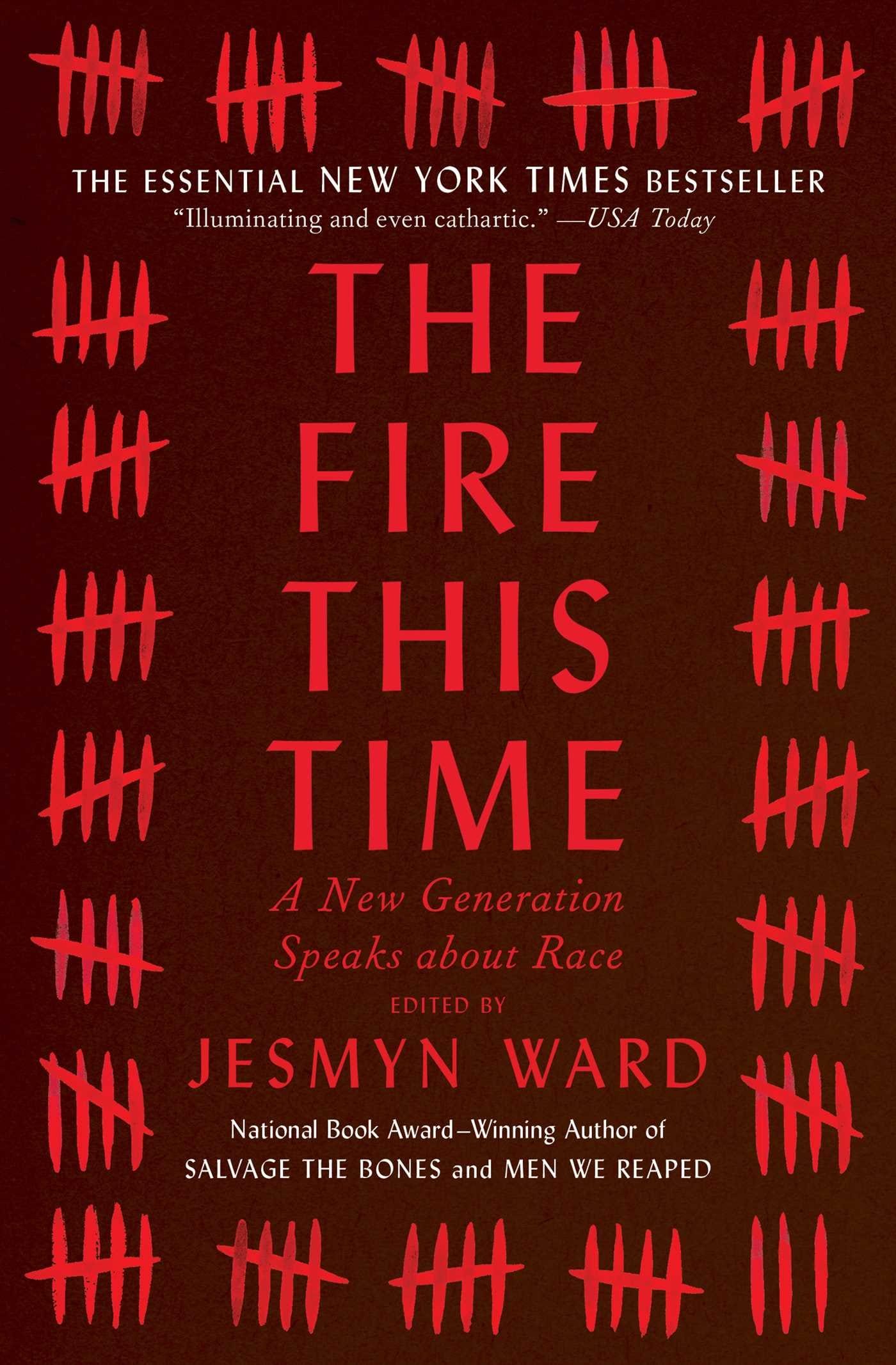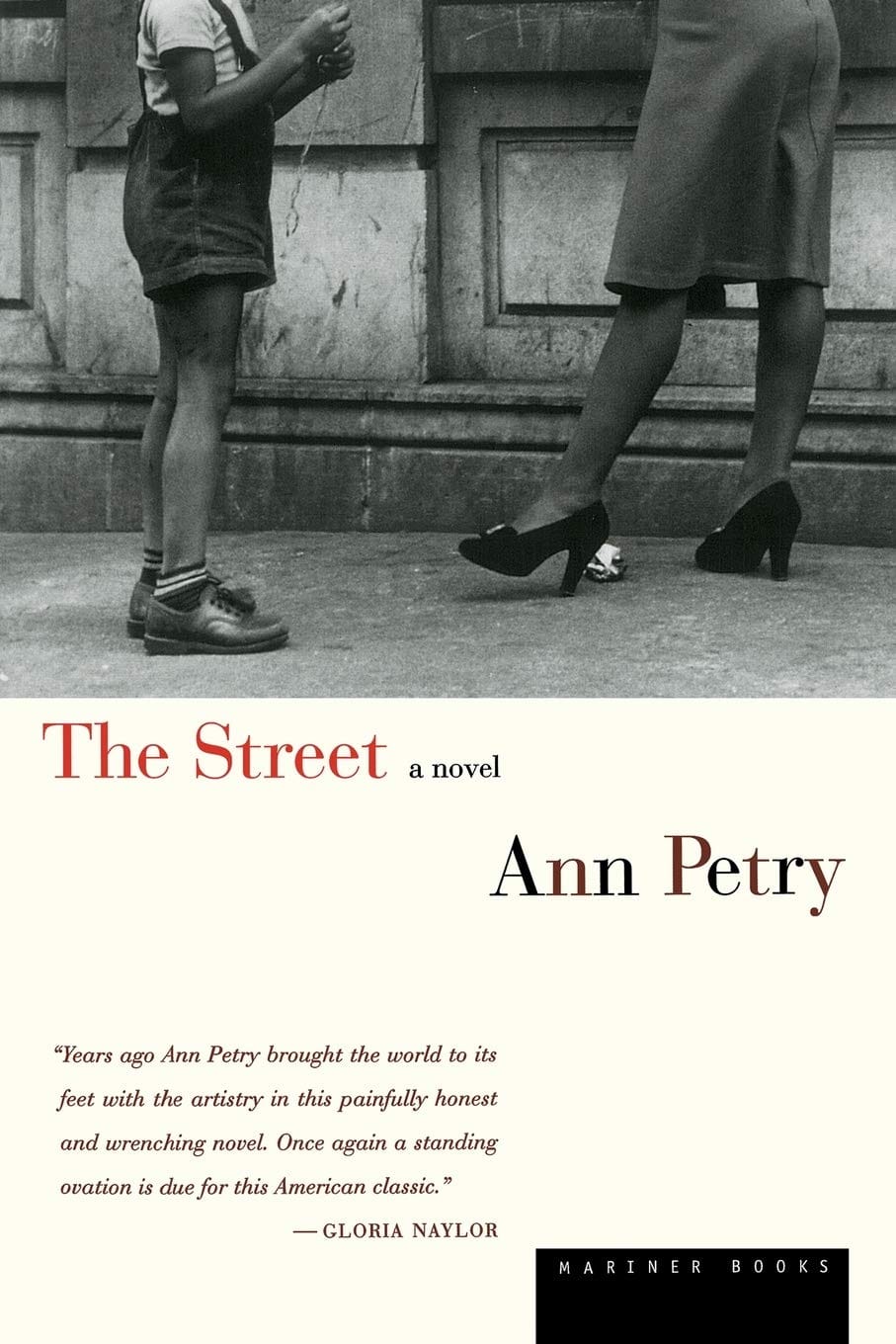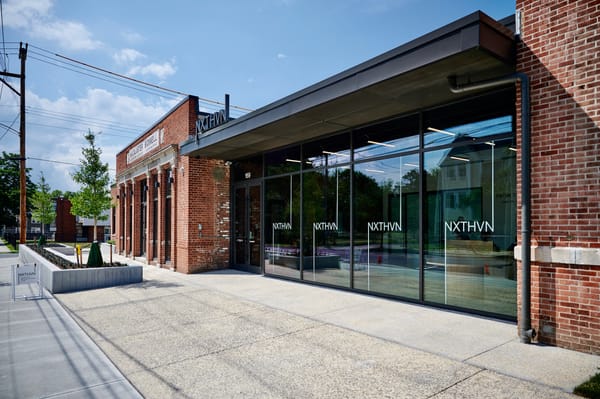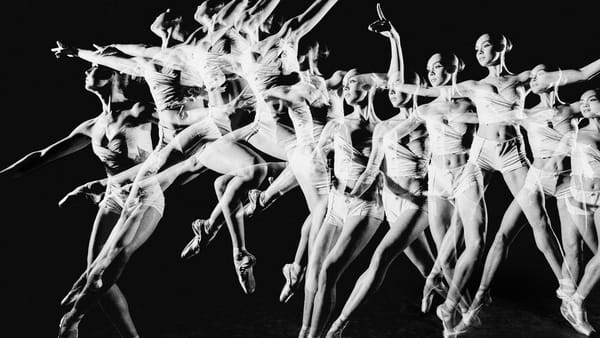An Essential Reading List for Black Liberation, Brought to You by the Schomburg Center
To mark its 95th anniversary, the center’s staff and curators chose 95 books by Black authors, including titles by James Baldwin, Saidiya Hartman, Jesmyn Ward, Deborah Willis, and Colson Whitehead.

In response to historic, global demonstrations against anti-Black police violence and racism, the Schomburg Center for Research in Black Culture in New York has provided a list of books that should have always been required reading — and will remain so far beyond the present moment. Marking the Schomburg’s 95th anniversary this year, the “Black Liberation Reading List” highlights 95 titles to help readers cultivate a deeper understanding of decades of literature, theory, and art.
Selected by the staff and curators of the Harlem institution, a research division of the New York Public Library, the books run the gamut from nonfiction and memoirs to novels and poetry collections by Black authors who plumb the depths of the ongoing struggle for Black liberation, from James Baldwin to Ta-Nehisi Coates.
Notably among them are a number of books that celebrate Black art and images, such as Black Is Beautiful (2019), the first monograph of photojournalist Kwame Brathwaite, who coined the eponymous phrase during the second Harlem Renaissance. In Posing Beauty: African American Images from the 1890s to the Present (2009), Deborah Willis intersperses photographs by renowned artists, such as Carrie Mae Weems, with newspaper and vintage journal clippings in an effort to foreground the beauty of Black men and women sorely absent from the cultural mainstream. And a more recent title, Wayward Lives, Beautiful Experiments: Intimate Histories of Social Upheaval (2019) by Saidiya Hartman, is an impressive archival exploration of the young Black women that shaped the 20th century, gathering “photographs exemplary of the beauty and possibility cultivated in the lives of ordinary black girls,” as the author writes.

The list also includes publications that can educate the public on some of the urgent issues affecting Black communities, central to understanding the most recent wave of protests sparked by the murder of George Floyd at the hands of police. The New Jim Crow: Mass Incarceration in the Age of Colorblindness by Michelle Alexander, first published in 2010, is a fundamental text that exposes how the US prison system profits from keeping African Americans behind bars. Freedom Is a Constant Struggle: Ferguson, Palestine, and the Foundations of a Movement (1974) by the activist and scholar Angela Y. Davis delineates a history of liberation movements, from South African anti-Apartheid to prison abolitionism. And Claudia Rankine’s book-length poem, Citizen: An American Lyric (2014), focuses on persistent experiences of systemic racism, small and large.

Black women are strongly represented: they account for more than half of the books on the list. Zadie Smith’s Feel Free (2018), Roxane Gay’s Bad Feminist (2014), and Sister Outsider (1984) by Audre Lorde are on it, as well as the recently-published A Black Women’s History of the United States (2020) by Daina Ramey Berry & Kali Nicole Gross.
“While no list can be complete, we wanted to include not just antiracist books, but those that describe Black Liberation in terms of history, poetry, and even joy,” said Kevin Young, director of the Schomburg Center, in a statement. “In difficult times, and times of transformation, joy is an act of resistance.”

Many of the authors on the reading list are also represented in the Schomburg’s own archives. The papers of Dr. Maya Angelou, comprising more than 400 boxes of original manuscripts, correspondence, and published and unpublished work by the eminent writer and poet, reside in the research center. Her 1969 autobiography I Know Why the Caged Bird Sings is among the titles, as is The Street (1946) by Ann Petry, another African-American literary titan whose papers are housed at the Schomburg.

“We hope it is a good starting point to explore these Black authors and to understand the history of, and ongoing struggle for, Black Liberation.”
The Black Liberation Reading List is reproduced in full below and also available on NYPL’s website.
NYPL’s physical locations, including the Schomburg, remain temporarily closed to the public to mitigate the spread of COVID-19, but New York residents can borrow most of the books on the list digitally and free of charge via the library’s SimplyE app, available on the App Store or Google Play. Those who don’t have a library card can apply for and receive one through the SimplyE app.
The “Black Liberation Reading List” by the Schomburg Center for Research in Black Culture:
- All the Women Are White, All the Blacks Are Men, But Some of Us Are Brave: Black Women’s Studies by Akasha Gloria Hull, Patricia Bell-Scott & Barbara Smith, eds.
- American Sonnets for My Past and Future Assassin by Terrance Hayes
- The Art of Death: Writing the Final Story by Edwidge Danticat
- The Autobiography of Malcolm X by Malcolm X as told to Alex Haley
- Bad Feminist: Essays by Roxane Gay
- Between the World and Me by Ta-Nehisi Coates
- Biased: Uncovering the Hidden Prejudice That Shapes What We See, Think, and Do by Jennifer L. Eberhardt
- The Black Jacobins: Toussaint L’Ouverture and the San Domingo Revolution by C.L.R. James
- A Black Women’s History of the United States by Daina Ramey Berry & Kali Nicole Gross
- The Bluest Eye: A Novel by Toni Morrison
- Breathe: A Letter to My Sons by Imani Perry
- A Brief History of Seven Killings: A Novel by Marlon James
- Brown: Poems by Kevin Young
- Brutal Imagination by Cornelius Eady
- Citizen: An American Lyric by Claudia Rankine
- The Collected Poems of Lucille Clifton 1965–2010 by Kevin Young and Michael S. Glaser, eds.
- The Condemnation of Blackness: Race, Crime, and the Making of Modern Urban America by Khalil Gibran Muhammad
- The Cooking Gene: A Journey Through African American Culinary History in the Old South by Michael W. Twitty
- Democracy in Black: How Race Still Enslaves the American Soul by Eddie S. Glaude, Jr.
- Diasporic Blackness: The Life and Times of Arturo Alfonso Schomburg by Vanessa K. Valdés
- Don’t Call Us Dead: Poems by Danez Smith
- Eloquent Rage: A Black Feminist Discovers Her Superpower by Brittney Cooper
- Farming While Black: Soul Fire Farm’s Practical Guide to Liberation on the Land by Leah Penniman
- Feel Free: Essays by Zadie Smith
- Fences by August Wilson
- The Fifth Season by N.K. Jemisin
- The Fire Next Time by James Baldwin
- The Fire This Time: A New Generation Speaks about Race by Jesmyn Ward, ed.
- Freedom Is a Constant Struggle: Ferguson, Palestine, and the Foundations of a Movement by Angela Y. Davis
- From #BlackLivesMatter to Black Liberation by Keeanga-Yamahtta Taylor
- Harlem Nocturne: Women Artists and Progressive Politics During World War II by Farah Jasmine Griffin
- Heavy: An American Memoir by Kiese Laymon
- High on the Hog: A Culinary Journey from Africa to America by Jessica B. Harris
- The History of White People by Nell Irvin Painter
- Hood Feminism: Notes from the Women that a Movement Forgot by Mikki Kendall
- How to Be an Antiracist by Ibram X. Kendi
- How We Fight for Our Lives: A Memoir by Saeed Jones
- I Know Why the Caged Bird Sings by Maya Angelou
- In Search of Our Mothers’ Gardens: Womanist Prose by Alice Walker
- Jubilee: Recipes from Two Centuries of African American Cooking by Toni Tipton-Martin
- Just Mercy: A Story of Justice and Redemption by Bryan Stevenson
- Kindred by Octavia E. Butler
- Kwame Brathwaite: Black Is Beautiful by Kwame Brathwaite
- The Light of the World: A Memoir by Elizabeth Alexander
- Locking Up Our Own: Crime and Punishment in Black America by James Forman, Jr.
- Malcolm X: A Life of Reinvention by Manning Marable
- Me and White Supremacy: Combat Racism, Change the World, and Become a Good Ancestor by Layla F. Saad
- Men We Reaped: A Memoir by Jesmyn Ward
- Monument: Poems: New and Selected by Natasha Trethewey
- My Song: A Memoir by Harry Belafonte
- Negroland: A Memoir by Margo Jefferson
- The New Jim Crow: Mass Incarceration in the Age of Colorblindness by Michelle Alexander
- The Nickel Boys by Colson Whitehead
- Overground Railroad: The Green Book and the Roots of Black Travel in America by Candacy Taylor
- Parable of the Sower by Octavia Butler, adapted by John Jennings, art by Damian Duffy
- Parenting for Liberation: A Guide for Raising Black Children by Trina Greene Brown
- Playing in the Dark: Whiteness and the Literary Imagination by Toni Morrison
- Pleasure Activism: The Politics of Feeling Good by adrienne maree brown
- Policing the Planet: Why the Policing Crisis Led to Black Lives Matter by Jordan T. Camp & Christina Heatherton
- Posing Beauty: African American Images from the 1890s to the Present by Deborah Willis
- Pushout: The Criminalization of Black Girls in Schools by Monique W. Morris
- A Raisin in the Sun by Lorraine Hansberry
- Redefining Realness: My Path to Womanhood, Identity, Love & So Much More by Janet Mock
- S O S: Poems 1961–2013 by Amiri Baraka
- Shake Loose My Skin: New and Selected Poems by Sonia Sanchez
- Sister Outsider by Audre Lorde
- So You Want to Talk About Race by Ijeoma Oluo
- The Social Life of DNA: Race, Reparations, and Reconciliation After the Genome by Alondra Nelson
- Stamped from the Beginning: The Definitive History of Racist Ideas in America by Ibram X. Kendi
- Stony the Road: Reconstruction, White Supremacy, and the Rise of Jim Crow by Henry Louis Gates, Jr.
- The Street by Ann Petry
- Survival Math: Notes on an All-American Family by Mitchell S. Jackson
- Sweat by Lynn Nottage
- Talking Back: Thinking Feminist, Thinking Black by bell hooks
- Their Eyes Were Watching God by Zora Neale Hurston
- Thick: And Other Essays by Tressie McMillan Cottom
- The Tradition by Jericho Brown
- The Underground Railroad by Colson Whitehead
- Vibration Cooking: or, The Travel Notes of a Geechee Girl by Vertamae Smart-Grosvenor
- Voyage of the Sable Venus: And Other Poems by Robin Coste Lewis
- Wade in the Water: Poems by Tracy K. Smith
- The Warmth of Other Suns: The Epic Story of America’s Great Migration by Isabel Wilkerson
- The Ways of White Folks by Langston Hughes
- Wayward Lives, Beautiful Experiments: Intimate Histories of Social Upheaval by Saidiya Hartman
- We Should All Be Feminists by Chimamanda Ngozi Adichie
- We Want to Do More Than Survive: Abolitionist Teaching and the Pursuit of Educational Freedom by Bettina L. Love
- We’re On: A June Jordan Reader by June Jordan
- Well-Read Black Girl: Finding Our Stories, Discovering Ourselves by Glory Edim, ed.
- What Doesn’t Kill You Makes You Blacker: A Memoir in Essays by Damon Young
- Whatever Happened to Interracial Love?: Stories by Kathleen Collins
- When They Call You a Terrorist: A Black Lives Matter Memoir by Patrisse Khan-Cullors and asha bandele
- Where Do We Go From Here: Chaos or Community? by Martin Luther King, Jr.
- White Rage: The Unspoken Truth of Our Racial Divide by Carol Anderson
- Who Fears Death by Nnedi Okorafor
- The Wretched of the Earth by Frantz Fanon





